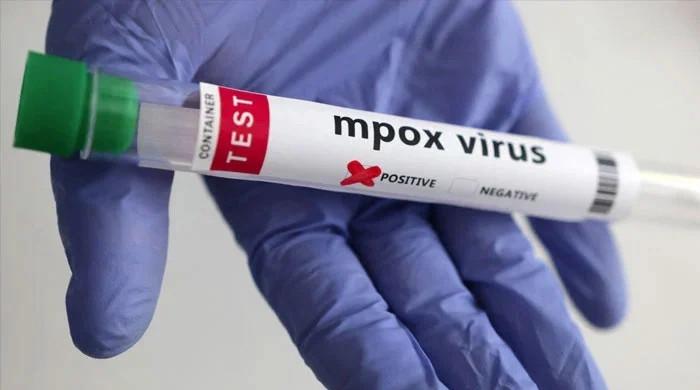Unexplained chest pain may signal higher heart risk
Most people who complain to their general practitioner about first-time chest pain don’t get additional diagnostic testing to determine the cause, says study
April 16, 2017

Most people who complain to their general practitioner about first-time chest pain don’t get additional diagnostic testing to determine the cause, according to a recent UK study.
But doctors should take it as a possible warning sign because even when the pain is not readily explainable by heart-related or other causes, these people have a higher risk of heart attacks and other cardiac problems over the next five years, researchers say.
“Most people who consulted their GP with chest pain, the cause was not clear, and rather surprisingly the study team found most of these people still did not have a diagnosis for their chest pain six months later,” Dr. Peter Croft, one of the study authors, told Reuters Health by email.
“We followed this group up for 5 years and found they had a small but definite extra risk of heart disease compared with the group who had been given a definite diagnosis unrelated to heart disease (5 people per 100 in the ‘cause not clear’ group developed a heart-related problem over 5 years compared to 3 per 100 in the ‘cause unrelated to heart’ group),” said Croft of the Research Institute for Primary Care and Health Sciences at Keele University in Staffordshire.
Croft said patients should feel reassured, though, because the study also found that when people consulted their GPs about chest pain, the doctors were generally good at assessing who was most and least likely to have heart disease.
“If the GP decided the chest pain was not caused by heart disease but by other conditions like stomach problems or muscle strains or chest infection, then this group of patients had the lowest risk of future heart problems (measured over five years),” Croft said.
If the GP decided the chest pain was probably caused by heart disease or decided to send the patient for cardiac investigations anyway, then this group turned out to have the highest rate of future heart diagnoses, he added.
The study analysed data from UK electronic health record databases for more than 170,000 adults with no history of heart disease who saw their doctors for chest pain for the first time between 2002 and 2009. The patients ranged from 18 years old to over 75, with half under age 49.
For 72 percent of patients, no cause for the chest pain was recorded by the doctor, the study team reports in The BMJ. Another 23 percent had a diagnosis of chest pain caused by issues not related to the heart, and about 5 percent had chest pain that was heart-related, known as angina.
Less than 12 percent of the patients with chest pain that didn’t have an established cause underwent further diagnostic testing for heart problems.
After a follow-up period of up to 5.5 years, the patients with unexplained chest pain were 36 percent more likely to have a heart attack compared to those whose pain got a diagnosis that wasn’t related to the heart.
Croft said he believes people whose chest pain remains undiagnosed could benefit from advice to reduce their cardiovascular risk.
“Even though an individual patient in this group is much less likely to have heart disease than a patient who right from the start gets a diagnosis of probable angina or a referral for cardiac investigations from their GP, the majority of people with chest pain who get a cardiovascular diagnosis in the next 5 years actually come from this ‘cause not clear’ group,” he said.
Chest pain is a potentially serious symptom so a person should always seek an explanation, said Dr Tim Holt, a researcher with the Medical Sciences Division of the University of Oxford who wrote an editorial accompanying the study.
“As the BMJ study has shown, we are probably missing cases by relying too heavily on symptom patterns, and there is a case for doing more investigations if needed to either confirm heart disease or to find a clearer alternative explanation,” he told Reuters Health by email.
“If it is of sudden onset, severe, or associated with other symptoms such as breathlessness, dizziness, palpitations or nausea, this is an emergency, and it should be reported without delay,’ he said.
Holt said pain that could be described as "'tight,' 'heavy,' 'crushing,' 'like someone squeezing or sitting on the chest'" is of particular concern. “This type of pain is more likely to be due to heart disease.”











